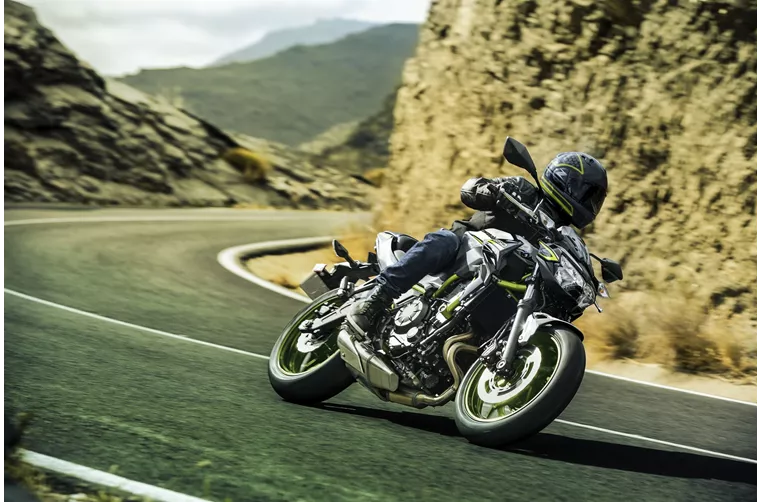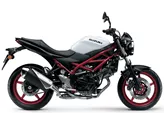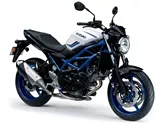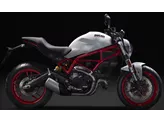Suzuki SV 650 2023 vs. Kawasaki Z650 2021
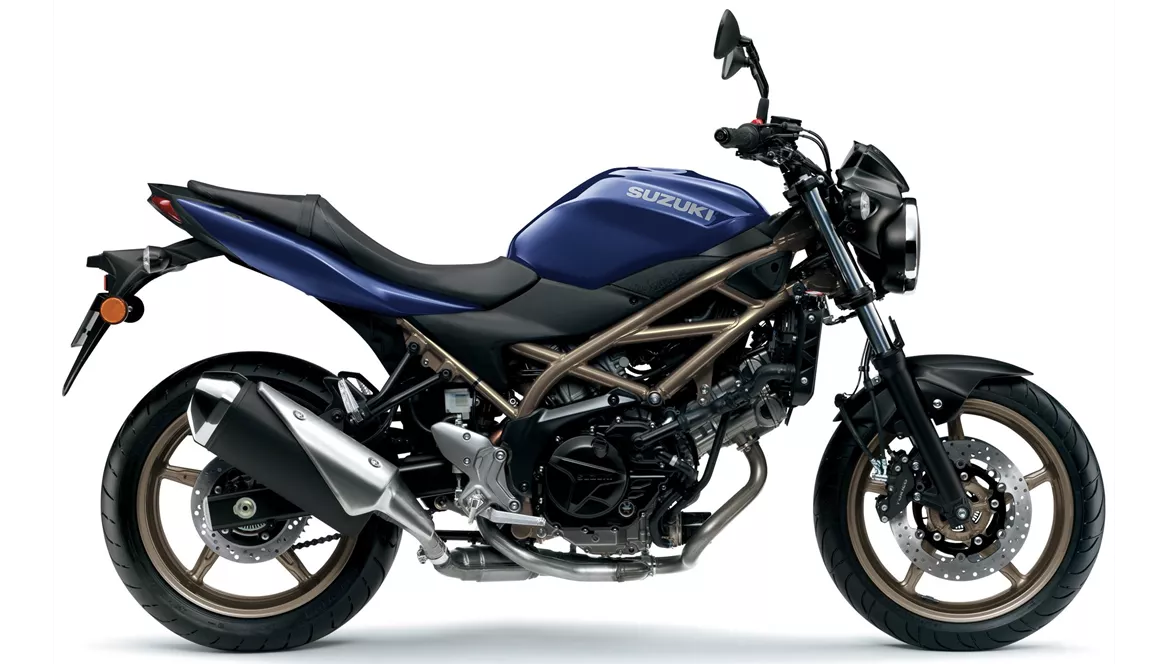
Suzuki SV 650 2023
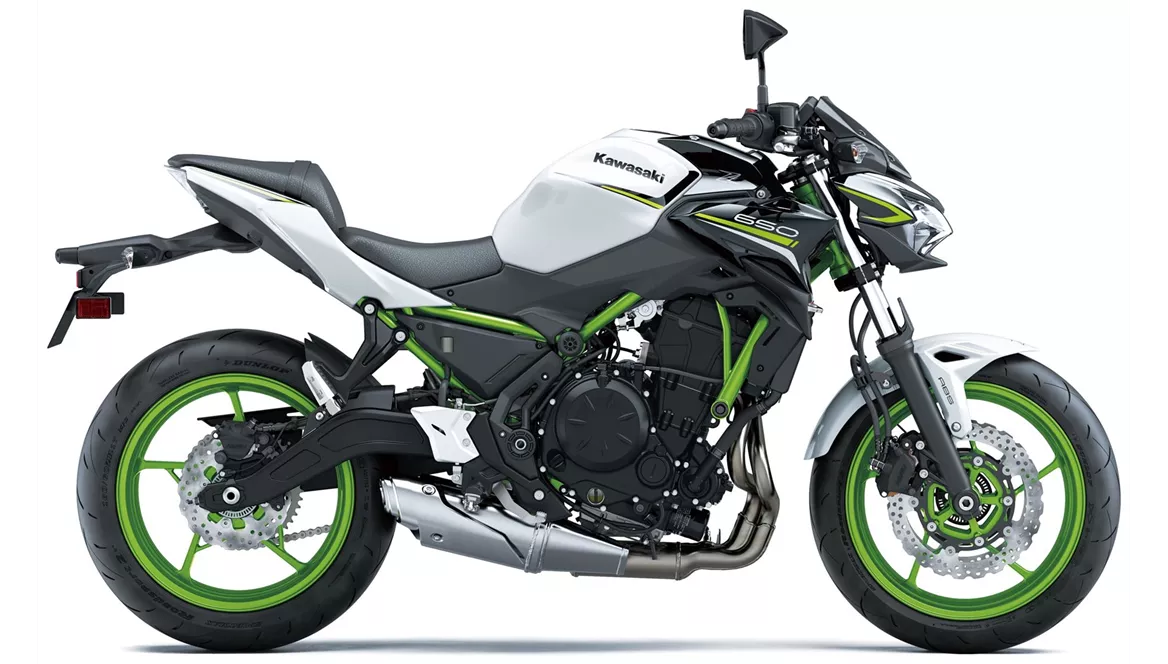
Kawasaki Z650 2021
Overview - Suzuki SV 650 2023 vs Kawasaki Z650 2021
The Suzuki SV 650 2023 and the Kawasaki Z650 2021 are both popular naked bikes in their respective model years. While they share many similarities in terms of engine type, fuel system, suspension, and frame, there are some notable differences between the two.
Starting with the engine and drive train, the Suzuki SV 650 2023 is equipped with a V2 powerplant, providing 73 HP of engine power and 64 Nm of torque. On the other hand, the Kawasaki Z650 2021 features an in-line engine, delivering slightly lower power at 68.2 HP but slightly higher torque at 65.7 Nm. Both bikes have a 2-cylinder configuration, liquid cooling, and fuel injection systems.
In terms of suspension, both bikes have telescopic forks at the front and swing arm suspension at the rear, with monoshock absorbers and preload adjustment. This setup ensures a comfortable and stable ride for both models.
When it comes to the chassis, both bikes utilize a steel frame with a tubular design. This provides strength and rigidity to the overall structure, contributing to the bikes' stability and handling.

Suzuki SV 650 2023
In the braking department, the Suzuki SV 650 2023 features double disk brakes at the front with a diameter of 290 mm and four pistons, while the Kawasaki Z650 2021 has slightly larger double disk brakes with a diameter of 300 mm and double pistons. Both bikes are equipped with ABS for advanced rider assistance and improved safety.
In terms of dimensions and weights, the Suzuki SV 650 2023 has a front tire width of 120 mm and a rear tire width of 160 mm, with both bikes having 17-inch diameter tires. The wheelbase of the Suzuki SV 650 2023 is slightly longer at 1445 mm compared to the Kawasaki Z650 2021's 1410 mm. The seat height of the Suzuki SV 650 2023 is 785 mm, slightly lower than the Kawasaki Z650 2021's 790 mm. The kerb weight of the Suzuki SV 650 2023 is 200 kg with ABS, while the Kawasaki Z650 2021 weighs slightly less at 187.1 kg with ABS. Both bikes have fuel tank capacities of 14.5 liters and 15 liters, respectively.
Now, let's discuss the strengths and weaknesses of each bike. The Suzuki SV 650 2023 stands out with its V2 powerplant, which is unique in its class. It also offers a beginner-friendly seating position and easy handling, making it suitable for riders of all levels. Additionally, the timeless look of the Suzuki SV 650 2023 adds to its appeal.
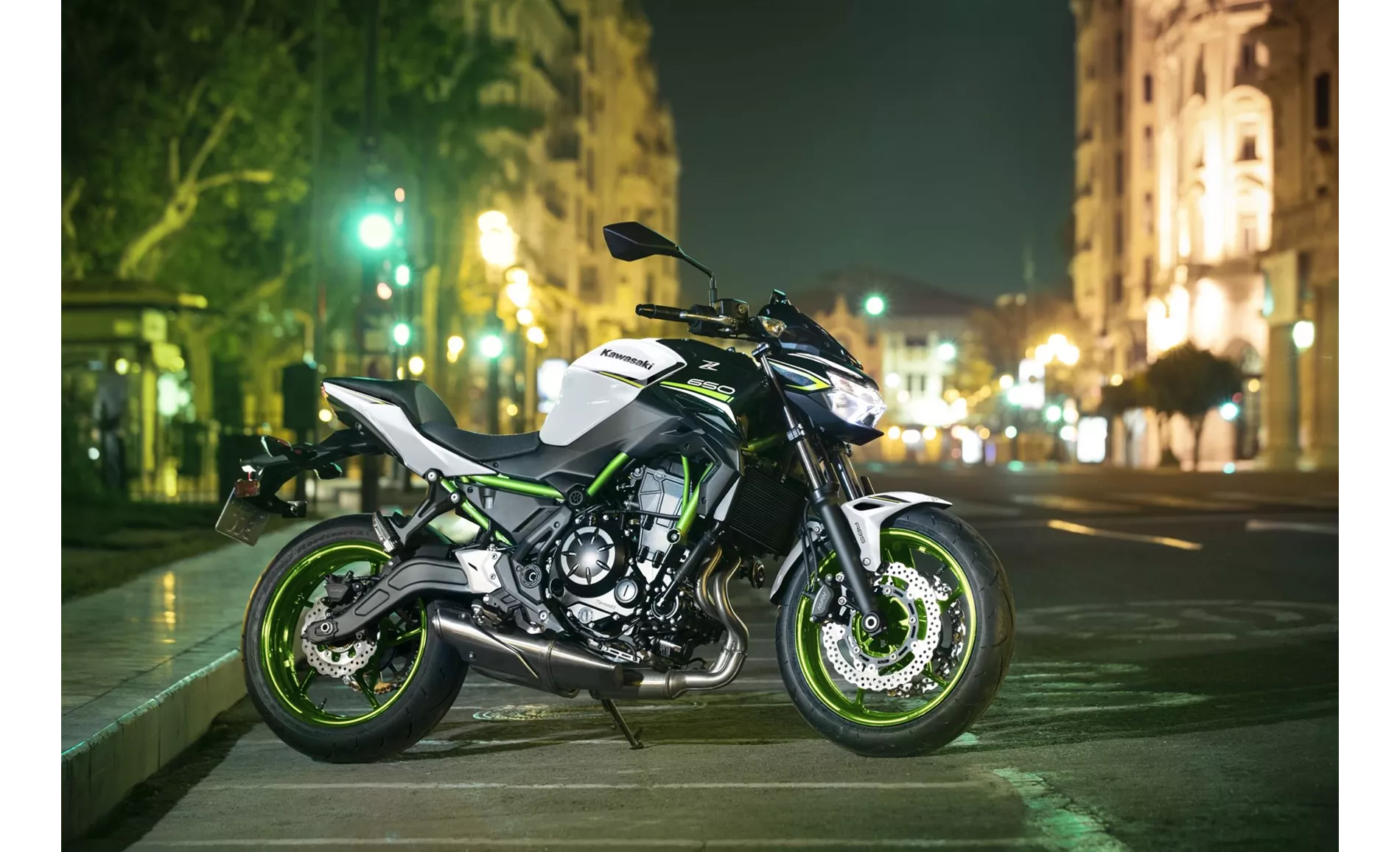
Kawasaki Z650 2021
On the other hand, the Kawasaki Z650 2021 boasts an accessible two-cylinder engine and compact dimensions, making it a suitable choice for riders looking for a nimble and agile bike. The low seat height and stable chassis further enhance its maneuverability. The Kawasaki Z650 2021 also features a TFT display with connectivity, offering modern technology to riders. Lastly, the grown-up look of the Kawasaki Z650 2021 adds to its appeal.
However, the Suzuki SV 650 2023 does have some weaknesses. The brake requires manual force, which may be a drawback for riders who prefer a more responsive braking system. Additionally, the bike lacks electronic features apart from ABS, and the instruments may be moderately readable.
Similarly, the Kawasaki Z650 2021 has a few weaknesses. It may be uncomfortable for tall riders due to its compact dimensions. Additionally, the adrenaline level in the saddle may be lower compared to its competition, which may be a drawback for riders seeking a more thrilling riding experience.
In conclusion, both the Suzuki SV 650 2023 and the Kawasaki Z650 2021 have their own strengths and weaknesses. The choice between the two ultimately depends on the rider's preferences and priorities, whether it be power, handling, comfort, or technology.
Technical Specifications Suzuki SV 650 2023 compared to Kawasaki Z650 2021
Pros and Cons in comparison
Pros and Cons in comparison
Suzuki SV 650 2023

The Suzuki SV 650 has been on the market for 25 years, longer than any other motorbike. The engine has been updated to Euro5 and is now even more mature, which clearly fits in with the rest of the package. The SV 650 doesn't want to scare anyone, especially beginners. The chassis makes a solid, unagitated impression, the brakes require a lot of manual force to prevent unexpected overbraking. The look is timeless on the one hand, but on the other hand some components are really a bit outdated. On the other hand, the price is fair, as usual for Suzuki.
Kawasaki Z650 2021
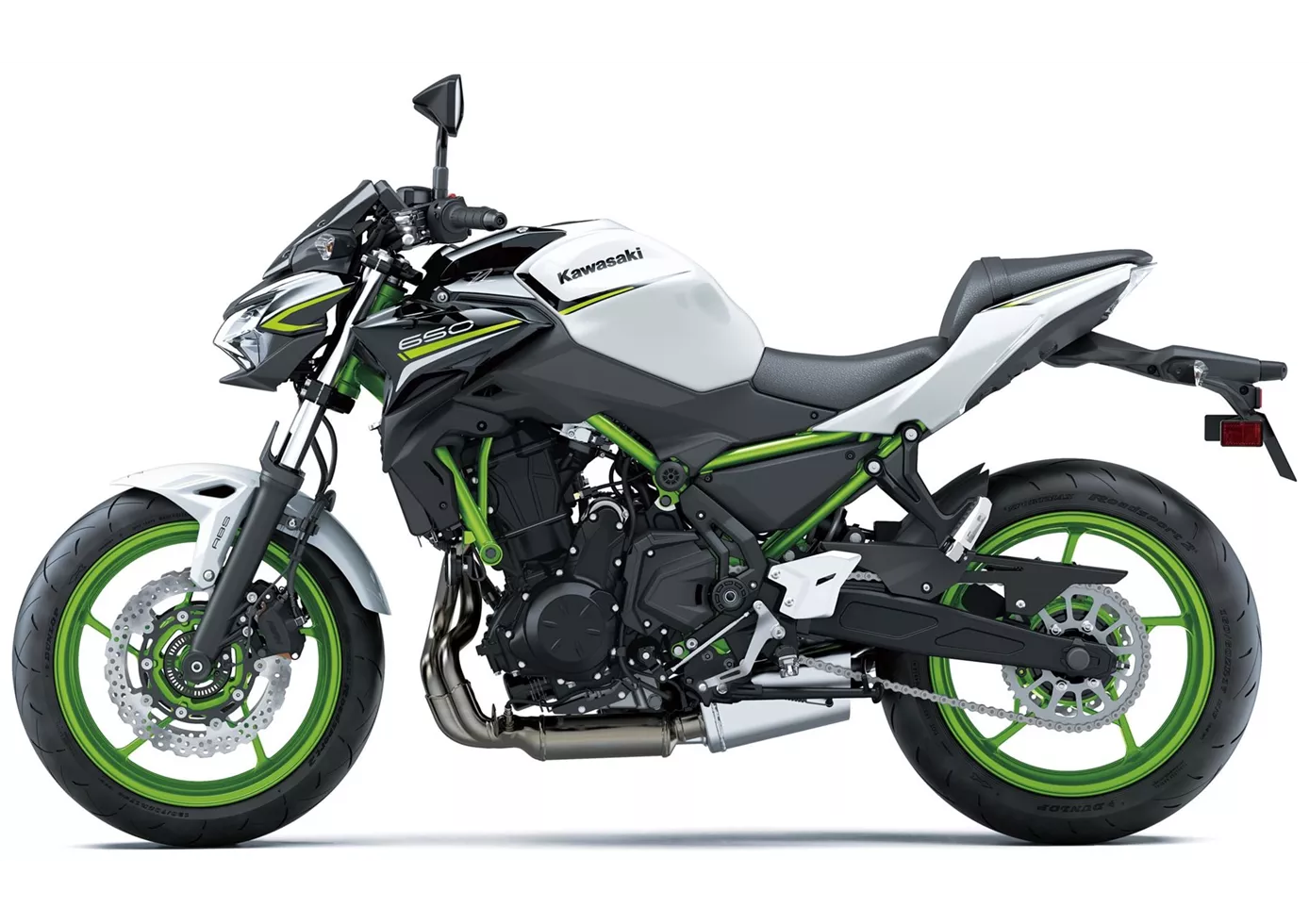
Even in 2021, the Kawasaki Z 650 stands for easy riding with great looks and good equipment. Both seat height and engine are very accessible and will give both experienced riders and newcomers a lot of pleasure. If you are looking for an honest naked bike without any big surprises, this is the bike for you. Due to its compact dimensions, however, you should try it out before buying and perhaps go for the raised seat.
Price Comparison Avarage Market Price Suzuki SV 650 vs Kawasaki Z650
There are a few key differences between a Suzuki SV 650 2023 and a Kawasaki Z650 2021. In terms of price, the actual average price of a Kawasaki Z650 2021 is about 7% higher. Compared to Kawasaki Z650 2021 there are more Suzuki SV 650 2023 bikes available on the 1000PS.de Marketplace, specifically 125 compared to 25. It takes less time to sell a Kawasaki Z650 with 106 days compared to 133 days for the Suzuki SV 650. Since model year 2005 1000PS.de editors have written 25 reviews for the Suzuki SV 650 and 31 reviews for the Kawasaki Z650 since model year 2017. The first review for the Suzuki SV 650 was published on 26/09/2008 and now has more than 14,200 views. This compares to more than 25,000 views for the first review on Kawasaki Z650 published on 08/11/2016.

